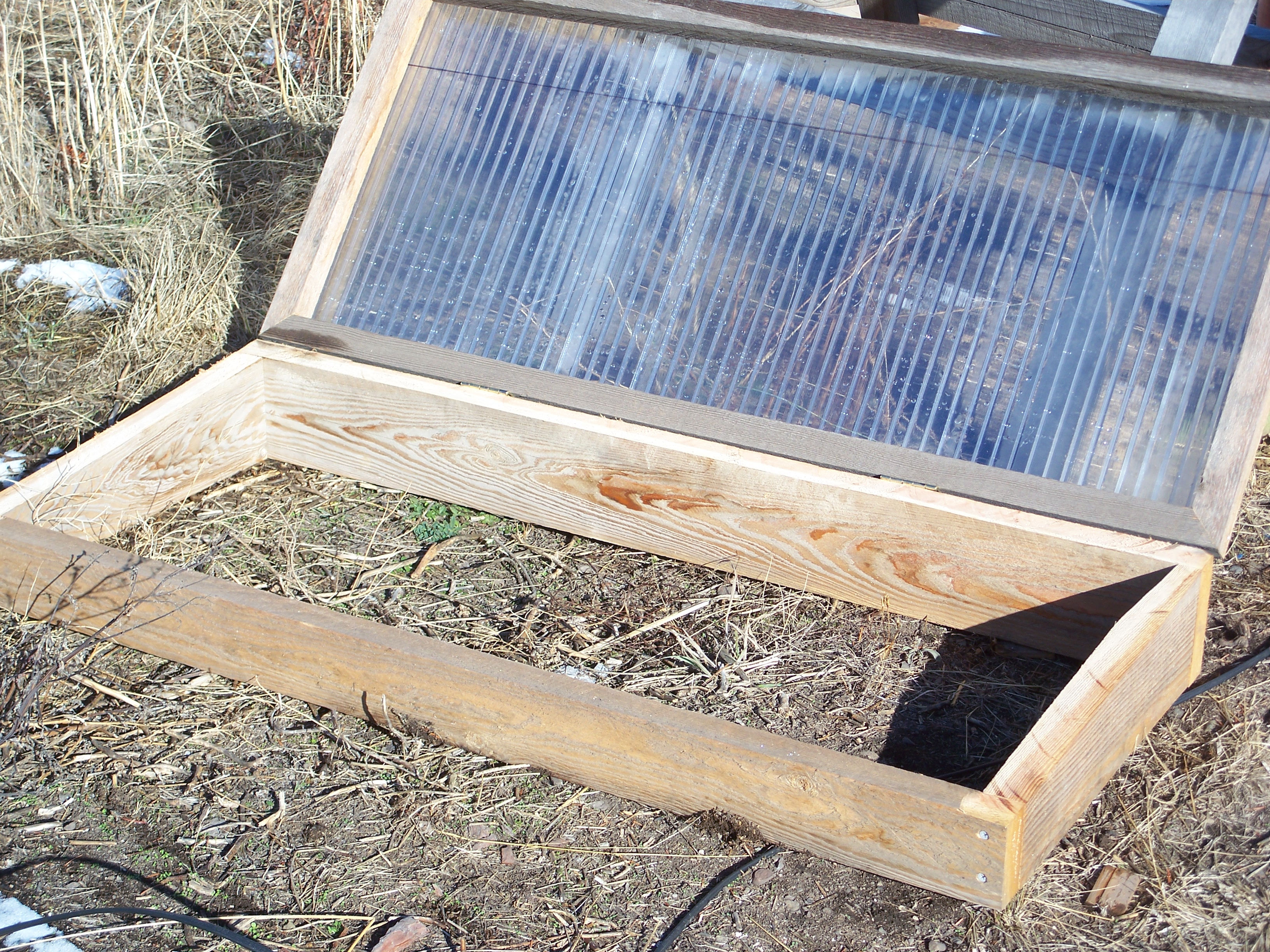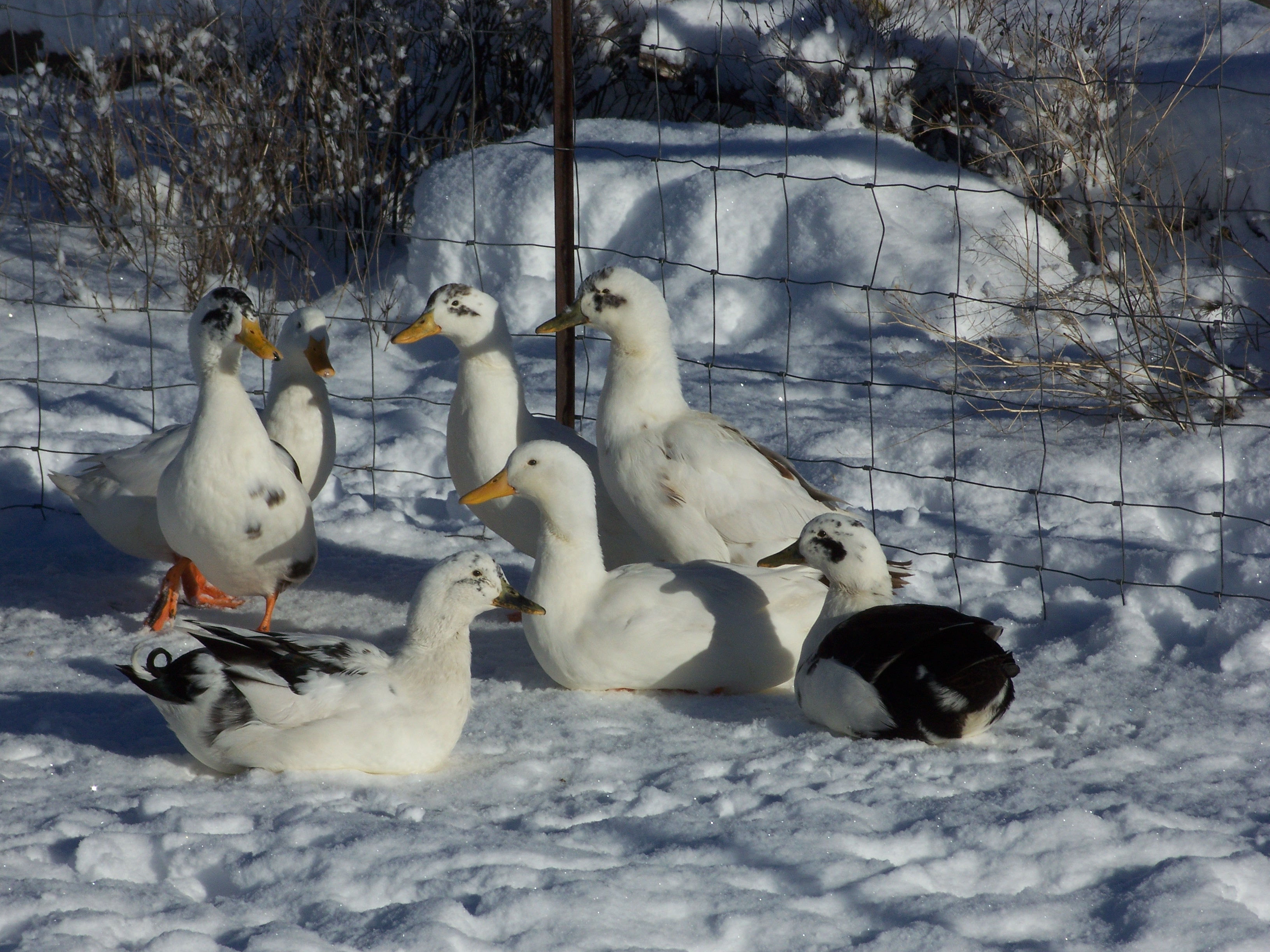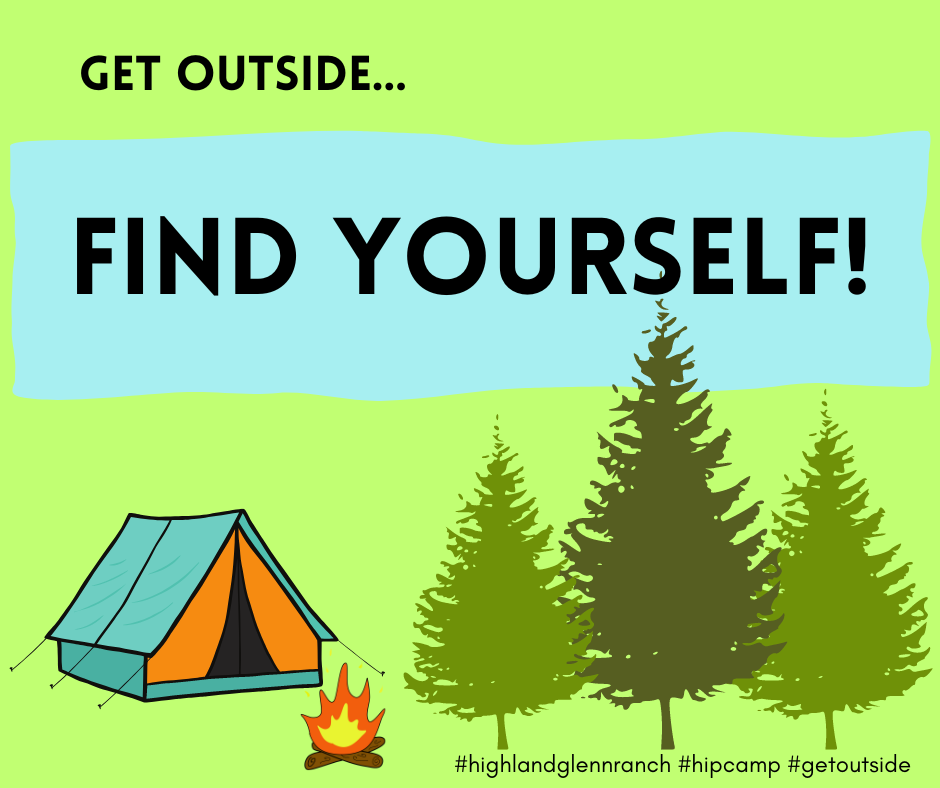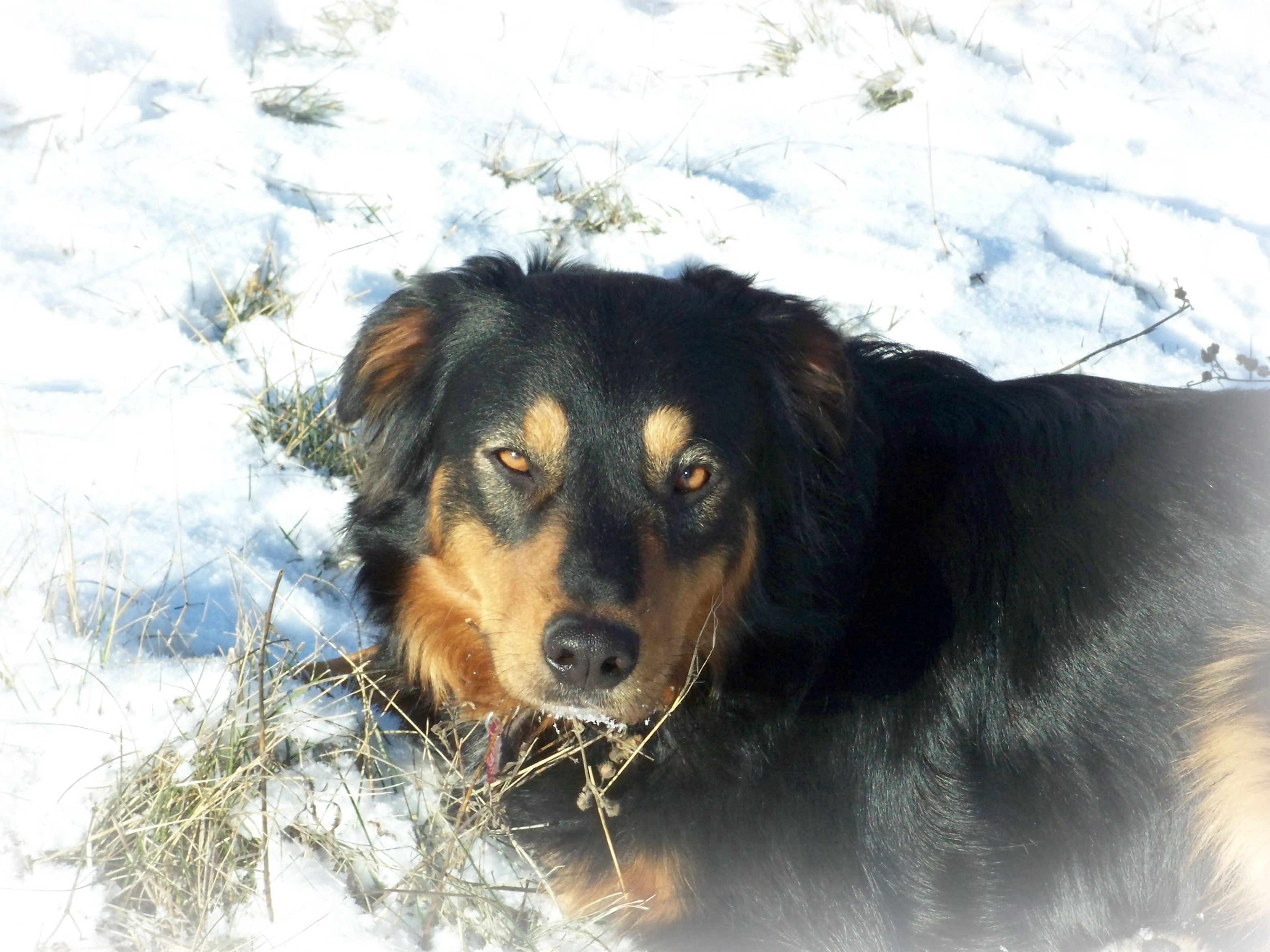September 8, 2015: During summer I discovered a terrific author, Caleb Warnock. He writes and teaches about the methods used by Utah’s pioneers, baking with wild yeast, and (this is the one that really opened my eyes) a book solely about winter gardening… using cold frames and hot beds, no heat or electricity, no expensive greenhouses. That type of information is right up our alley! I borrowed that book from the library three times!
I went through my seeds and chose the following to grow in my first, experimental year of growing winter greens in cold frames- Cold Frame (CF) #1: Lettuce- Buttercrunch (lots), Merlot (a moderate amount), Jericho (lots); CF #2: Radish- Purple Plum (2 rows), Pink Beauty (3 rows); Spinach- Amsterdam Prickly Seeded (moderate); CF #3: Kale- Dwarf Improved Siberian (not many seeds so a light planting).
September 16: I planted as described above in the prepared raised beds and watered in. If feels a bit odd to be planting in September. At the same time, it feels really good knowing what it might mean for our winter menu!
All seeds were packaged for 2013 so this is an experiment in more ways than one. With money tight, if it doesn’t go well at least there has been very little cash outlay. But I am not one to give up easily… if even moderate success eludes me, I will have another go next winter!
September 27: Sprouts!!!- Only 3 spinach and 1 kale so far (seeds too old perhaps?), good amount of radish and lettuce (except for the Jericho). Although, I think it was planted too shallow so most of the seed floated away with watering… a duh moment. Buy more lettuce seeds.
September 29: Fortunately, the feed store here in town had some veg seeds. On sale, too! I picked up a package of Tom Thumb lettuce; a variety the packet says is great for cold frames. Perfect! Also, since my old kale seeds aren’t germinating well, I got another packet of the same variety.
Today when I went out to water and plant some of the new seed, it appears something is eating the radish sprouts! Grr. So I planted more radishes, too.
Our cold frame design was based generally on the recommendations in Caleb’s book. We decided on three cold frames in all, with 2’ x 4’ dimensions, and then set about building them.
To construct the cold frames we are using lumber already on hand that was milled from our own trees a couple years ago. Tom cut it, I screwed the lids together, and Tom did the boxes. Our design is: 1 ¾’ x 4’ long (3/4 because of a cutting error). The north side (back) is a 2” x 6”; front is a 2” x 4”. The sides are 2” x 6”s angle cut to meet the 4” height in front, that way the low winter sun can enter better.
The lids are made with 2” x 2”s. The “lights”, as the glass or plastic in the top is historically called, are twin-wall polycarbonate greenhouse plastic. Think corrugated cardboard, only plastic. Tom cut and screwed it on. The lids will be attached to the boxes with hinges.
October 5: Radish and spinach sprouts all eaten!!!!!!!! I’m mad.
October 12: Got hinges and attached lids to boxes, so assembly of the cold frames is complete! Now I just need to seal the two cut edges of the plastic on each lid with silicone caulking (to seal the ‘tubes’).
October 19: Caulking is done. The cold frames are finished and in place over the planted areas! I sort of wiggled them into place so that soil would fill any cold air gaps along the bottom edges, but the lids do not fit perfectly so some air will get in/out. I read that is fine and even a good thing.
Days are still in the mid 50’s so I am leaving the lids open, even on the warm, rainy nights.
October 25: We’ve been having some nice rain! Hope it continues to end the drought of this year.
November 1: Nights have been down to freezing with highs only in the 40’s, so I’m keeping the lids closed now. Moisture in the soil is staying good. The uneaten seedlings are doing well.
I’ve learned that late September (even early Sept.) it too late to plant for fresh greens in Dec/Jan. August planting is a must! What I baby along now ought to be ready in February, and even then it won’t be much due to the munching of uninvited ‘guests’. Sigh. Not exactly what I wanted. As mentioned at the start, there is a lot of trial and error this first go-around yet the knowledge gained will benefit us next year. And the cold frames will be a great place to start seeds early in spring, so none of this will be for naught!
November 5: First snow of the winter- ¾ inch!!! All melted by mid-morning.
November 9: First hard freeze- 19 degrees.
November 11: Snow- ½ inch; melted on the south exposed areas, but not on the north of even the raised garden beds.
Only two cold frames are being used for growing right now- #1 and 3. Before the ground freezes I might use #2 to make a hot bed. Hmm… thinking, thinking.
November 12: Snow- trace. The overnight low was 18 and the high was only 30.
December 22: So far this winter we have gotten 2’ of snow. In between we had a couple days of nearly 50 degrees during which time the snow melted. And we even had rain… in December!
The lettuce is growing so slow it’s imperceptible! But winter solstice will be here soon after which it will gradually increase. My plan is to plants some more greens in February.
December 30: Shoveled 1 ½ ft. of snow off CF #1 to check water needs and found it just fine. The lettuce plants don’t seem any larger, but I was shocked to see new sprouts!
February 6, 2016: Haven’t checked the CF all this time. Uncovered all the frames… snow 6” to 1 ½ ft. deep again; checked for water needs on lettuce. Plants and even more new sprouts look a bit peaky, definitely need a drink. Good thing it’s a balmy 40 degrees today just perfect for watering!
February 15: Today was the first day temps dictated the need to open CF #1. The high was 51.6 degrees. I could tell the plants had grown, too!
March 14: Typical spring weather- temps fluctuating with snow, rain, and hail. Soil in CF is staying nice and moist. Lettuce growing well. So are the weeds!
March 31: Leaving CF lid open now most days and even some nights. Been having some nice spring rains.
April 8: Lettuce plants are touching underside of lids now! Pulled weeds.
April 9: Watered.
April 12: Enjoyed sweet Tom Thumb lettuce on sandwiches for lunch today, the first harvesting of the year! So cool. There are a few little aphids. Have also been picking weeds from other CF’s by the handful for the ducks… and nice side benefit for them.
My plan to plant more greens in Feb. did not happen. Tom fell on the ice and got a bad concussion.
April 13: Water needs have increased with the temps into the upper 60’s to mid-70’s now.
April 23: Cleared CF #2 and 3 of all weeds; sowed leeks in #2, kale, spinach, and radish in #3. Planted more lettuce in #1. This will give us at least some greens since Tom’s injury and then a cold/flu caught by both of us has delayed getting main garden beds ready for planting. Sigh. And the leeks will have a head start for transplanting. Thank goodness for the CF’s!!!
Thus ends my notes for our first season using Cold Frames to grow greens in winter. I highly recommend it to everyone!!! Dare I speculate about more CF’s in use? Perhaps a hot bed? We’ll see. For certain, the upcoming season will be much better using the knowledge gained from this experimental year.











Leave A Comment